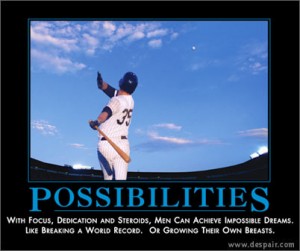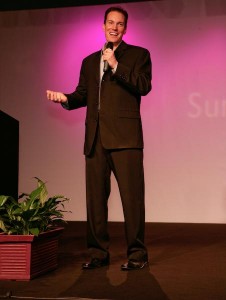Want to Connect? Try the Power of Story
You walk into a sandwich shop, order the yummy-sounding special and turn to the cooler to grab a drink. The usual representatives are there from major beverage providers. And then a cool photo and unique label catches your eye – something called Can of Whoopass by Jones Soda. This particular label is a photo of a horse taken by her owner in Manassas, VA, neat! You look again and each label and photo is different. And every photo label is contributed by a Jones Soda fan somewhere around the world. The labels are cool, unique, intriguing, and the soda isn’t bad either. You buy it. And the next time you come in to the sandwich shop too. It turns out Jones Soda is building the customer storyline into the product itself. You can go to their website, submit your own photo and contribute to the community experience. In his book, A Whole New Mind, Dan Pink highlights the story of Big Tattoo Red, a fine and affordable red wine made and sold by two brothers who are also donating 50 cents from each bottle sold to Hospice of Northern Virginia honor their mother who died of cancer. When presented with three equally drinkable and price-competitive wines, which one are you going to buy?
Enter the power of story. One of the greatest challenges you face as a manager, as a leader of other people, is making sure they remember the priorities that you have for them. Your goal is to get people around you to remember the core values and the way you would like them to behave, decide and perform on critical issues when you aren’t around them – which is most of the time. The problem you face, though, is the way the brain is wired. It is not wired to hold onto things. And the dilemma is that while you stand up and communicate your goals, your values, your vision for the organization, people are actually not retaining that easily. Now we know a lot from neuroscience about how the brain is wired to store information or memory. Despite the brains astonishing powers, it has a limited capacity for retention of message, depending on how it’s delivered.
Michael Hammer used to say, “The first fifty times you say it, they won’t hear you. The second fifty times you say it, they won’t understand you. And the third fifty times you say it, they won’t believe you.” Your challenge is to actually get your message, your goals, your key priorities to stick in their memory during those times when they are far from you in client meetings, strategy sessions, etc. One of the most powerful ways to communicate lasting messages is through the power of story. Stories can capture ideas succinctly and translate them to the listener through emotion. Consistent studies reveal that emotion drives behavior, which in turn creates belief. Not the other way around – it’s not that once you believe something, your behavior changes. The consistent behavior comes before belief. And one of the surest ways to ensure your message is both remembered, and acted on, is through the power of story.





